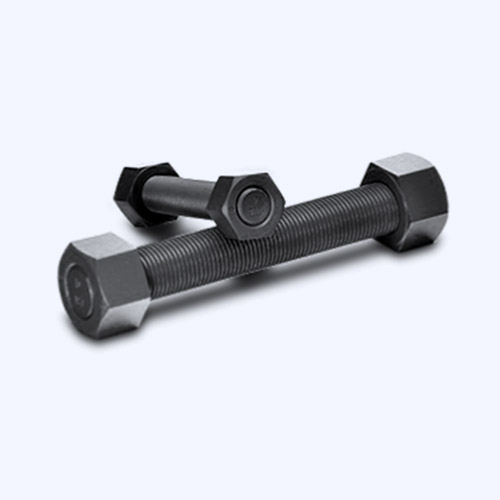Sep . 16, 2024 22:21 Back to list
M16 Washer Diameter Specifications and Sizing Guide
Understanding the M16 Washer Diameter Key Insights
When it comes to construction and mechanical engineering, precision matters. Every component, whether large or small, plays a crucial role in maintaining the integrity of a structure. Among these components, washers are often overlooked, yet they are vital in ensuring stability and longevity in various applications. This article focuses on the M16 washer diameter, exploring its specifications, applications, and significance.
Understanding the M16 Washer Diameter Key Insights
The diameter of an M16 washer is critical. Typically, the outside diameter (OD) of an M16 washer is around 30 mm, while the inside diameter (ID) is 16.1 mm. These dimensions may slightly vary depending on the specific type of washer, such as flat washers, spring washers, or locking washers. Flat washers are the most common type and are used in a wide range of applications, while spring washers provide additional tension and locking mechanisms to prevent loosening.
m16 washer diameter

Material choice is another vital aspect when selecting M16 washers. They are commonly made from steel, stainless steel, or various alloys, each offering distinct benefits. For instance, stainless steel washers are ideal for corrosion resistance, making them suitable for outdoor and marine environments. On the other hand, carbon steel washers provide strength and are often coated to enhance durability.
In industrial applications, the proper selection of M16 washers contributes significantly to the safety and reliability of machinery and structures. For example, in automotive engineering, M16 washers are used in assembling engine components, ensuring that parts are securely fastened under high vibrations. In construction, these washers are crucial in bolting connections in steel frameworks, where structural integrity is paramount.
In summary, understanding the M16 washer diameter and its associated parameters is essential for engineers, builders, and DIY enthusiasts alike. Proper selection and use of these washers can significantly impact the performance and reliability of mechanical assemblies. As technology and methods evolve, staying informed about these details will ensure optimal results in all applications. Whether it's for a small project or large-scale construction, the humble washer remains a key player in achieving durability and safety in engineering endeavors.


